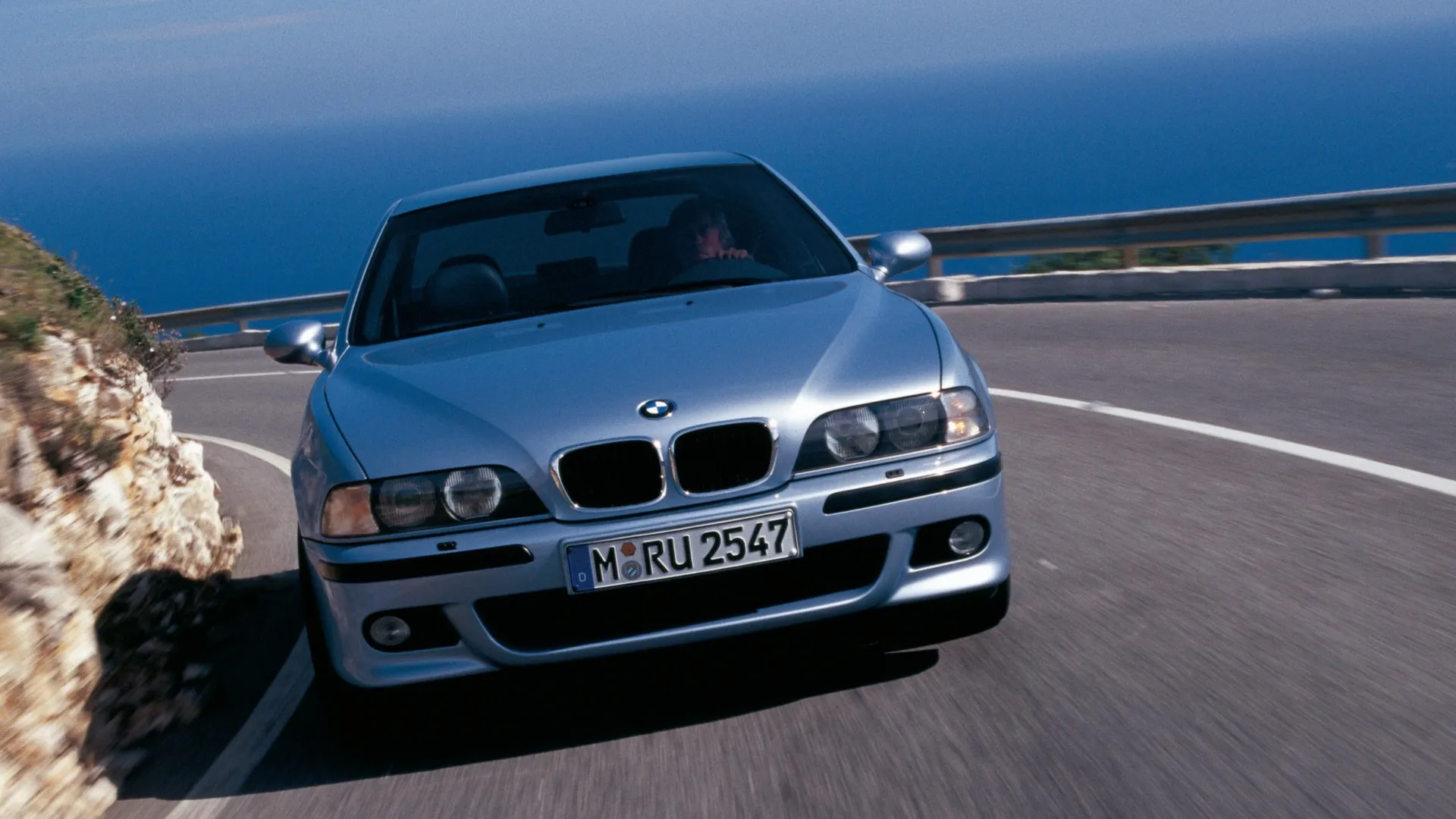Luxury cars are often seen as the pinnacle of automotive engineering—sleek designs, powerful engines, plush interiors, and features that scream money well spent.
But not all luxury cars maintain their charm over time. Some age like fine wine—getting more desirable, reliable, and respected as years go by. Others, well, age like milk. The tech becomes outdated, reliability tanks, repairs cost a fortune, and resale value drops like a rock.
The truth is, throwing a six-figure price tag on a car doesn’t guarantee long-term satisfaction. A shiny badge and a fancy dashboard can easily distract buyers from real issues like long-term reliability, depreciation, or build quality.
This article takes a real-world look at luxury cars that hold up over the years—and the ones that fall apart, figuratively or literally.
We’ve handpicked five luxury cars that age beautifully, gaining street cred or collector status as time passes. Then we’re naming five that seemed like a great idea at first but haven’t aged well at all.
If you’re thinking about buying used luxury or just want to see which icons hold up, read on. You might be surprised who made the cut—and who flopped hard.
Luxury Cars That Age Like Wine
Not all luxury cars hold their charm after a few years on the road—some lose their luster, others their value. But a rare few do the opposite. These are the luxury machines that don’t just survive the test of time—they thrive in it.
From timeless design to enduring performance and build quality, these vehicles prove that true craftsmanship doesn’t age, it matures. In this article, we’re spotlighting the luxury cars that age like fine wine—getting better, more admired, and often more desirable with every passing year.
1. Lexus LS400 (1989–2000)
The Lexus LS400 is the poster child for what happens when obsessive engineering meets ruthless quality control. When Lexus launched this flagship in 1989, it went after Mercedes and BMW with quiet confidence—and it delivered.
The LS400 featured a buttery-smooth V8, bulletproof reliability, and craftsmanship that rivaled the Germans at a lower cost. What makes it age like wine? Simplicity and longevity. While German rivals of that era needed frequent shop visits, the LS400 just kept going.

Owners routinely put 300,000 miles on them with minimal drama. Even today, these cars are whisper-quiet, have interiors that hold up beautifully, and cost peanuts to maintain compared to European options.
Visually, it’s understated, but the design aged well. And because it was built with obsessive attention to detail, there are plenty of pristine examples on the road.
The LS400 became a favorite among enthusiasts, modders, and collectors. It was ahead of its time in refinement and is still respected in luxury circles. If you want a used luxury car that feels way more expensive than it is, this one’s hard to beat.
ALSO READ: 5 Vehicles With Real OTA Updates and 5 That Need Dealer Trips
2. Porsche 911 (996 and beyond)
Here’s the thing—every Porsche 911 is part of a long, continuous bloodline. That gives it legacy, familiarity, and trust. But the one that ages best?
The water-cooled generation, starting with the 996. Initially controversial for ditching air-cooled engines and rocking “fried egg” headlights, it’s now embraced by enthusiasts who appreciate performance over purist whining.

Even a 20-year-old 911 can out-handle most modern cars. The engine placement, balance, and drive feedback are still hard to beat. And Porsche’s reliability is underrated.
These cars were built with motorsport in their DNA, and their interiors, though basic by today’s standards, don’t feel like they’re falling apart.
Values are climbing, especially for the manual versions. Maintenance isn’t exactly cheap, but it’s worth it considering the driving experience you get.
A well-kept 911 is a joy to own, drive, and show off. That’s what makes it age like wine—it never really goes out of style. It’s like the Rolex of cars: elegant, functional, and built to last.
3. Mercedes-Benz W124 E-Class (1985–1995)
The W124 generation is often called “the last overengineered Mercedes.” That’s a bold claim, but spend a few minutes in one and you’ll get it. These cars were designed to last forever, and they often do. Built like tanks but drive like dreams, they strike a rare balance between durability and sophistication.
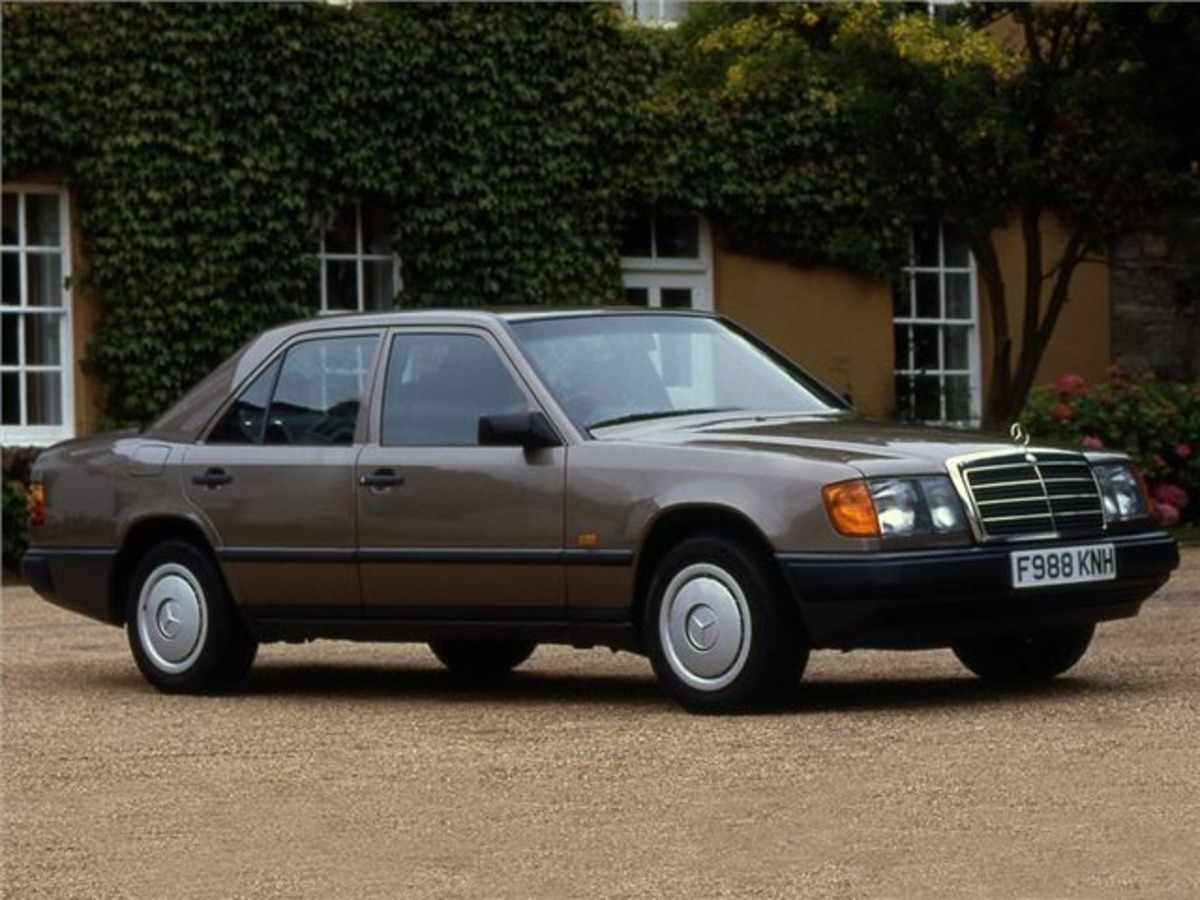
Even decades later, the doors shut with that signature solid thunk. The cabin materials feel better than some modern Benz models. Under the hood, you’ve got rock-solid straight-six and V8 options that can run for hundreds of thousands of miles with basic maintenance.
These cars also avoided the electronic bloat that plagues many modern luxury vehicles. Less tech means fewer things to break.
Parts are available, repairs aren’t scary, and the classic Mercedes look just works. W124s are appreciating, too. You can still find great examples under $10k, but that’s changing fast as more enthusiasts catch on.
This is the kind of car that makes you feel like an old-school diplomat or doctor in the best way possible. Time has only made it cooler.
4. BMW E39 5 Series (1995–2003)
BMW has made some hits and some serious misses. The E39 5 Series? Certified hit. It was peak BMW—engineered with passion, balanced perfectly, and just the right mix of analog and digital. Whether it’s the humble 528i or the beastly M5, the E39 platform is loved across the board.
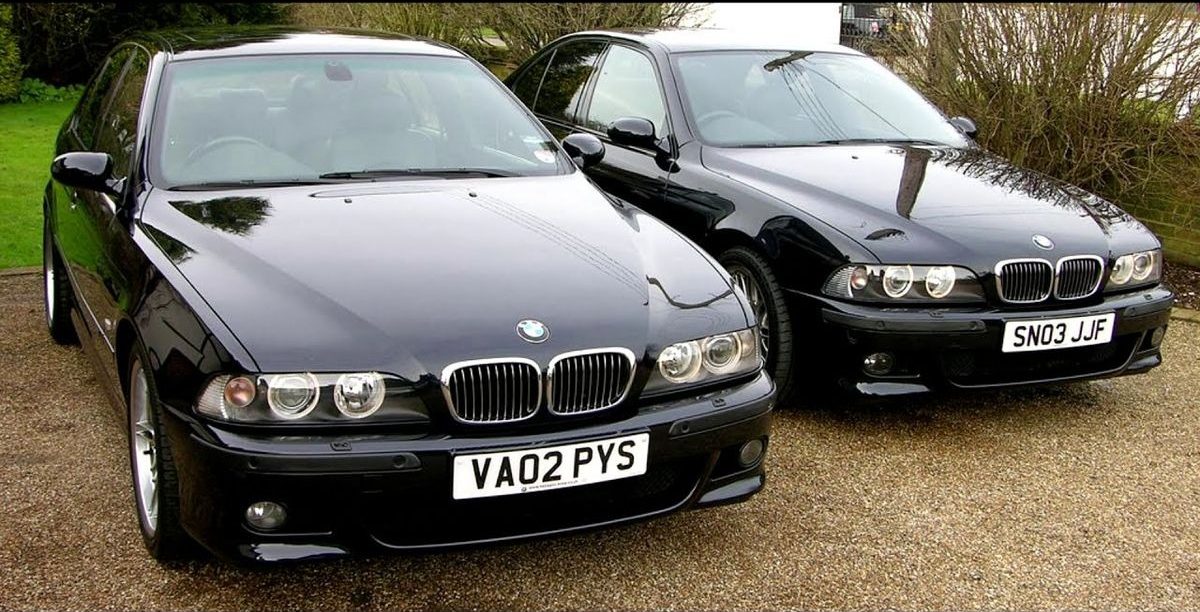
You get that signature BMW handling, solid performance, and an interior that still looks good today. More importantly, it feels timeless. The E39 M5, with its 400 hp V8 and manual gearbox, is already a modern classic.
Even the regular models hold up in terms of reliability if they’ve been maintained. Sure, the cooling system needs babysitting, and some electronics are twitchy.
But overall? Worth it. These cars drive better than many modern sedans. People who know cars respect the E39. It doesn’t scream for attention, but the right people notice.
5. Acura NSX (1990–2005)
Here’s a car that changed the way people saw Japanese performance. The original NSX was Honda flexing hard. Mid-engine layout, V6 power, aluminum body, and a driving experience that rivaled Ferraris—without the drama or breakdowns.
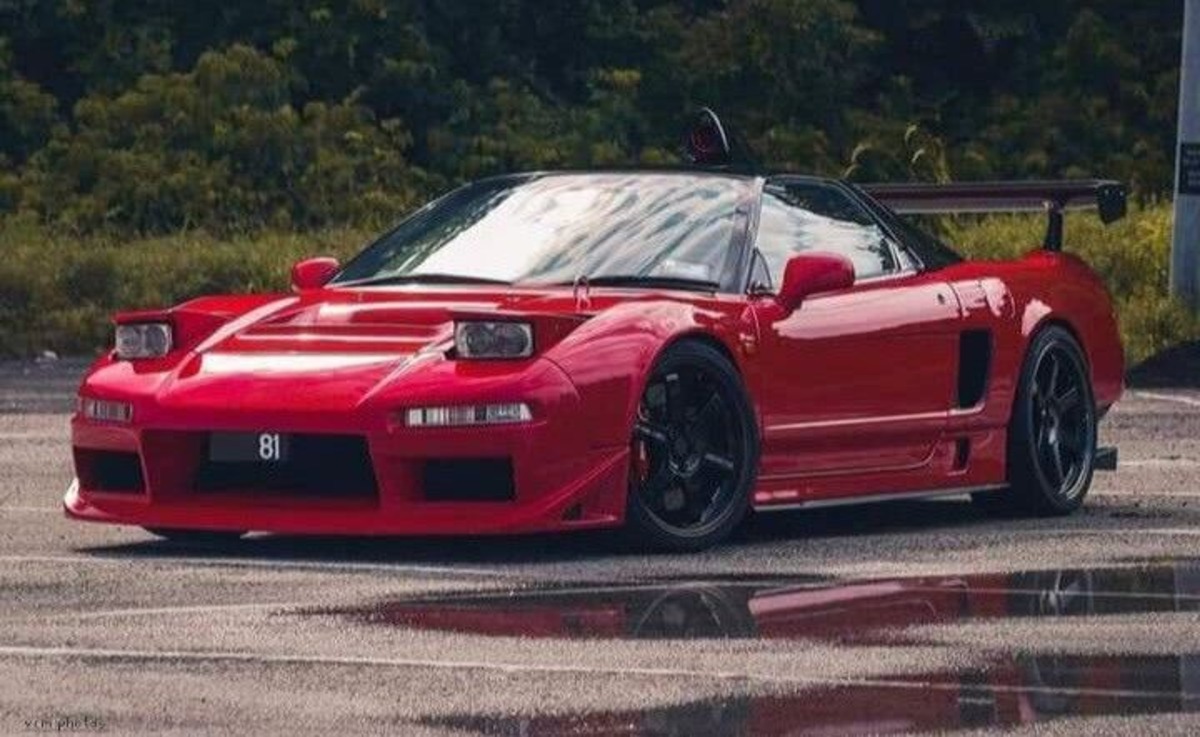
It wasn’t overloaded with gadgets. Instead, it focused on balance, feedback, and real performance. Designed with input from Ayrton Senna (yes, that Senna), the NSX offered supercar thrills with Honda-level reliability. That combo is rare.
It looked like a spaceship in the ’90s, and somehow still looks modern. The interior is clean and focused. There’s no weird tech to age poorly. Just a driver and a machine working in sync.
Collectors know the value here. Prices have shot up in recent years, and it’s no surprise. The NSX is the kind of car that car people never stop talking about. It’s aging like a fine wine—and becoming more legendary with every year.
Luxury Cars That Age Like Milk
Luxury cars are supposed to be timeless, blending cutting-edge tech with impeccable design and craftsmanship. But sometimes, that promise curdles faster than expected.
Whether it’s overly complex electronics, questionable styling choices, or reliability that nosedives after the warranty ends, these high-end machines lose their charm—and value—shockingly fast. In this article, we’re calling out the luxury cars that age like milk: flashy at first, but turn sour before you know it.
1. Jaguar XJ (X350, 2003–2009)
This car had promise. Aluminum body? Check. Classic Jag styling? Yep. Plush interior? Absolutely. But then the real world happened. The electronics in the XJ from this era are a mess. Gremlins pop up everywhere. Air suspension fails. The navigation system feels like a bad joke now.
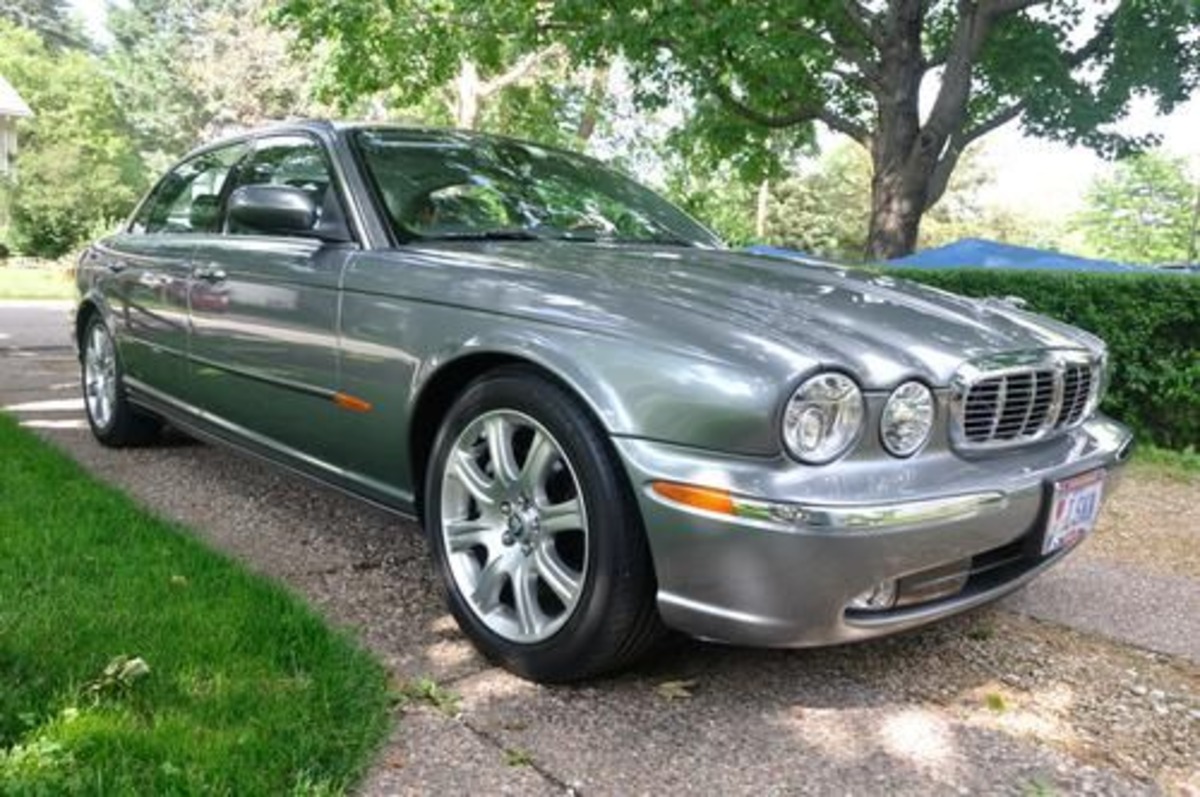
Jaguar’s reputation for reliability didn’t do it any favors. Fixing anything costs a lot. And resale value? Yikes. They depreciated faster than you can say “British luxury.”
It may look stately, but underneath that old-school charm is a money pit waiting to happen. Most owners who bought used ended up regretting it.
ALSO READ: 5 Cars With Useful Driver Aids and 5 That Are Pure Gimmicks
2. BMW 7 Series (E65, 2001–2008)
Ah, yes, the infamous E65. The one with the “Bangle butt” and iDrive v1.0. This 7 Series was BMW’s attempt at shaking things up—and it backfired hard. The design was polarizing (to be polite), and the tech was half-baked.
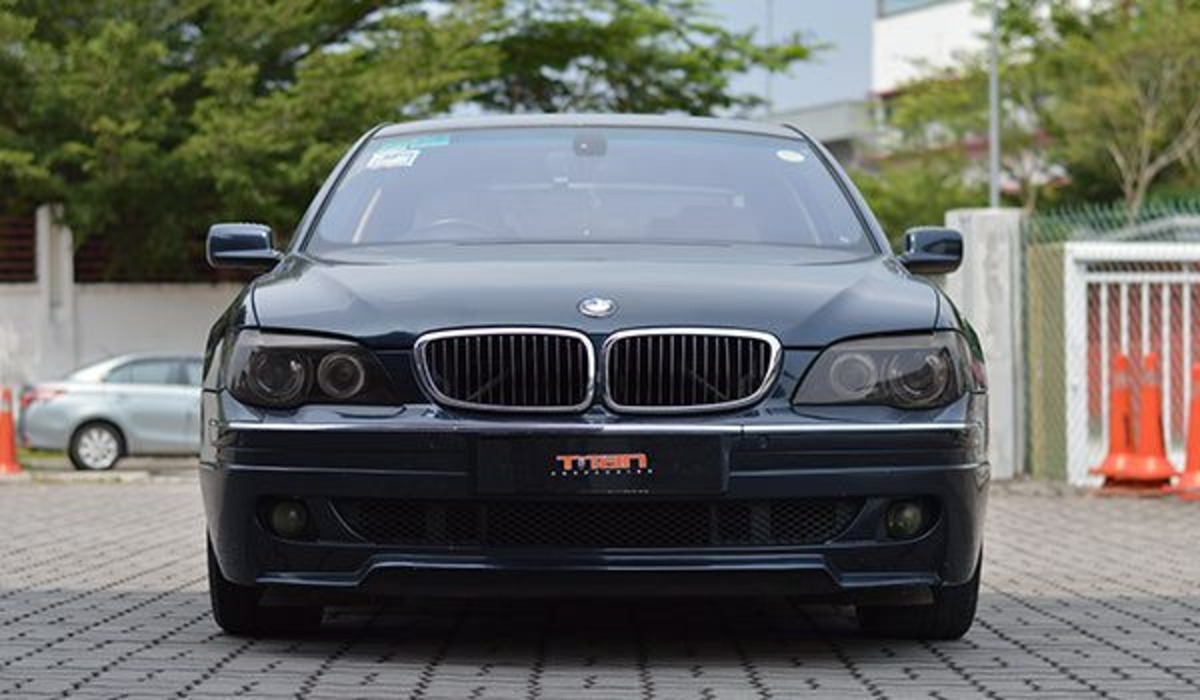
Early iDrives were frustrating. Electronics failed, transmission issues were common, and even basic repairs could cost thousands. As these cars age, they become more of a liability than a luxury.
Despite its impressive spec sheet, the ownership experience is just not worth it. These cars look dated, drive like boats compared to newer BMWs, and are expensive to maintain.
3. Maserati Quattroporte (2004–2012)
This car sounds exotic and looks drop-dead gorgeous. But don’t let that fool you—owning one is a different story. The automated manual transmission is jerky and unreliable. Electronics act up. Interior buttons wear out fast.

Worst of all? The depreciation is brutal. You can find them cheap now, but that’s not a deal—it’s a trap. Once the warranty’s gone, you’ll pay Ferrari-level prices for parts and labor, but without the Ferrari-level performance.
It’s a perfect example of luxury that doesn’t age well. Style over substance, and it shows with time.
4. Range Rover (L322, 2002–2012)
Range Rovers are known for two things: status and breakdowns. The L322 model brought a lot of luxury, soft leather, a smooth ride, and off-road chops. But under the surface, it’s a high-maintenance headache.

Air suspension? Unreliable. Electronics? Finicky. Engine issues? You bet. It’s a rolling checklist of expensive repairs. And since everyone knows these things are unreliable, the resale value took a hit too.
Looks good in a driveway. Doesn’t look good on a flatbed. This one aged like milk.
5. Audi A8 (D3, 2002–2009)
On paper, the Audi A8 D3 was a tech marvel—quattro AWD, aluminum frame, and a whisper-quiet cabin. But age hasn’t been kind. The MMI system is now outdated, replacement parts are expensive, and electrical gremlins pop up constantly.
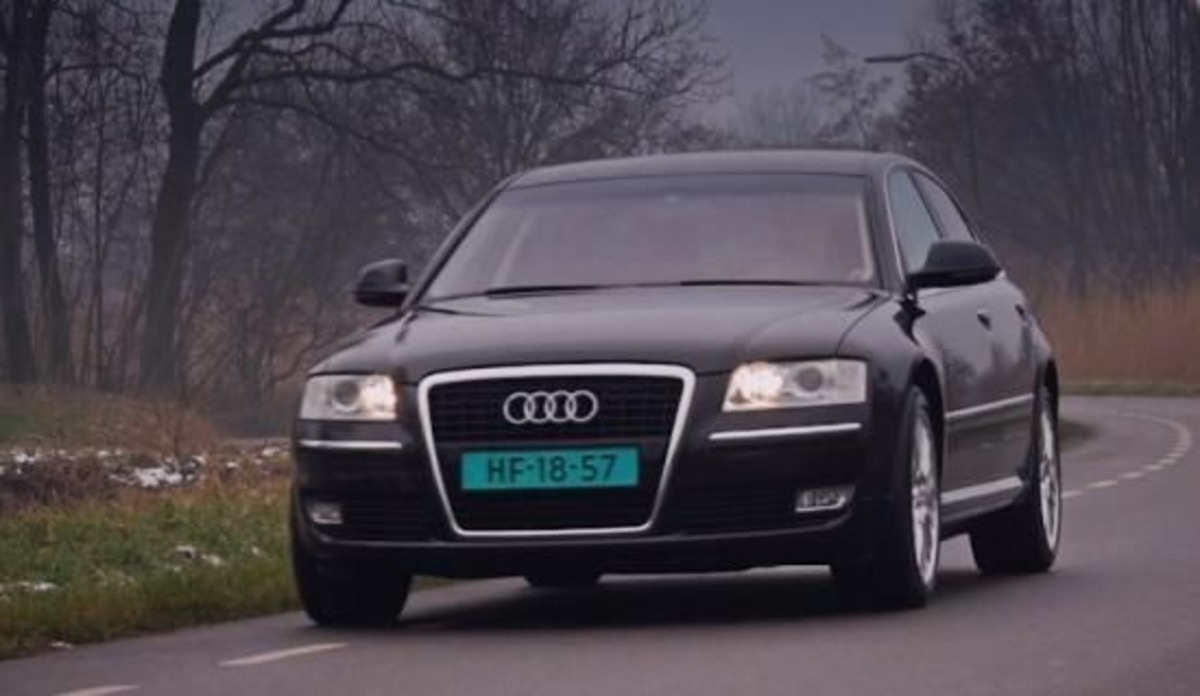
The engines can be solid, but once things start failing, it’s a domino effect. Also, the aluminum bodywork makes even minor repairs a huge pain (and cost). These cars depreciate hard and fast.
It was cutting-edge back then. Today, it feels like an old laptop that barely boots.
Luxury cars are tricky. Some truly deliver on the long-term promise of quality, design, and performance. Others? Not so much. Just because a car has a high price tag or fancy badge doesn’t mean it’ll hold up over time. Many age poorly, weighed down by unreliable tech, expensive repairs, and plummeting resale value.
On the flip side, some luxury models become legends. They prove that smart engineering, timeless design, and solid reliability matter more than flashy gimmicks. Cars like the Lexus LS400, Porsche 911, and BMW E39 are great long-term bets for anyone who wants real luxury without regret.
If you’re shopping for a used luxury car—or just love car culture—it’s good to know which ones are classics in the making and which are best left in the rearview mirror. Because let’s face it: nobody wants a six-figure paperweight sitting in their driveway.
Choose wisely. Sometimes older is better—but only if the car was built to last.

